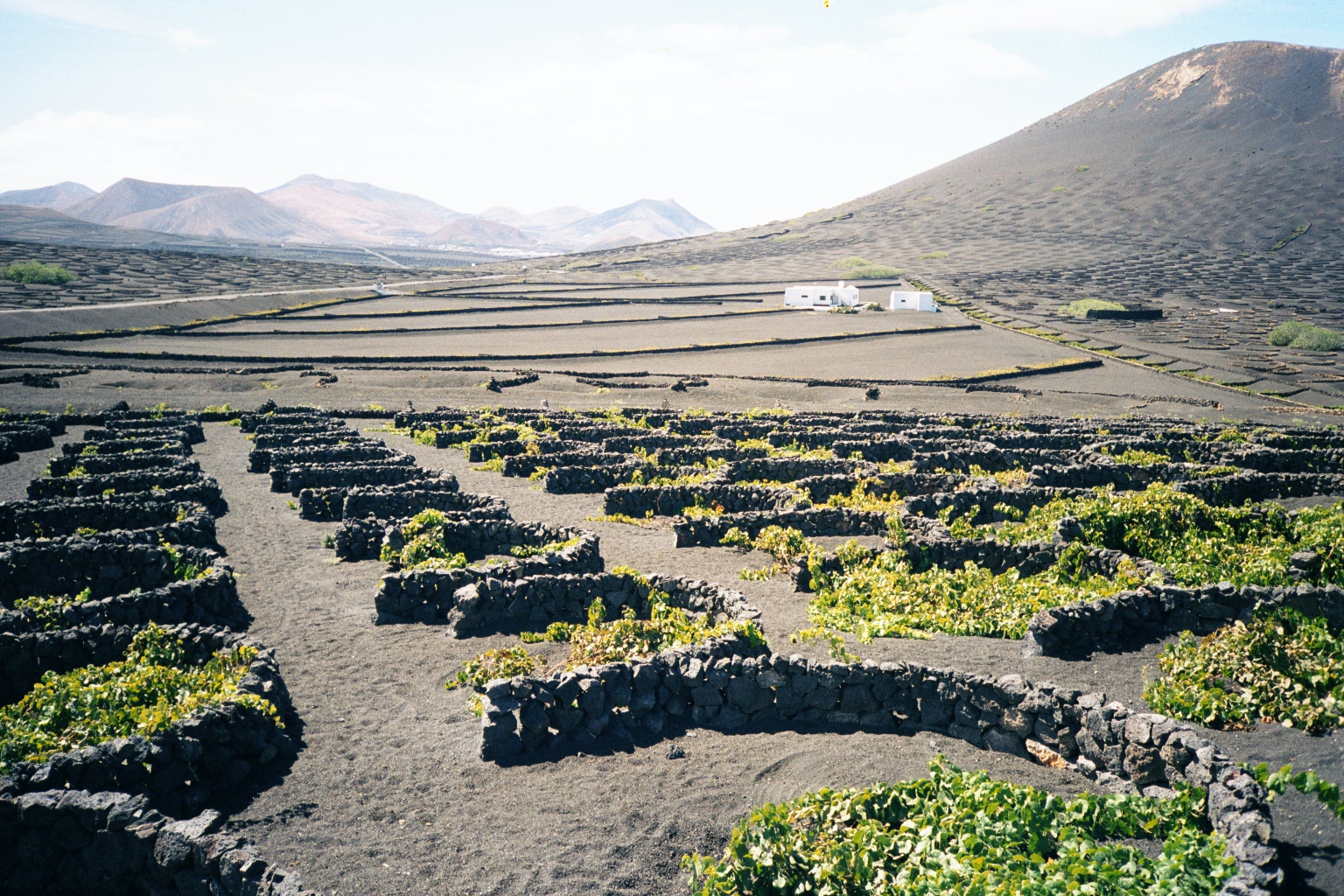
Researchers from the Institute for Environmental Studies and Natural Resources (i-UNAT) of the Las Palmas de Gran Canaria University, together with researchers from the Department of Earth Sciences of the University of Upsala (Sweden), publish in Geology Today Magazine latest issue a study of how the Timanfaya eruption changed Lanzarote, propitiating an agricultural revolution that allowed double its population in 40 years. A model that resarchers suggest to export to other arid areas.
Juan Carlos Carracedo, a member of the i-UNAT division, GEOVOL, one of the reference volcanologists in the Canary Islands for four decades, said: "In a world with rising temperatures, changes in the patterns of rain and many underground aquifers depleted in arid areas of the planet, it will be a growing challenge to grow enough food to feed the population. And it could be an immense help to apply techniques that reduce the need for irrigation, such as sanding with materials similar to lapilli"
The signatories of this work suggest exporting this centuries-old Canarian technique to help to cultivate other places in the world as arid as Lanzarote, where without volcanic scoria (already copied by some gardening products) it would take "thousands of years" to became fertile

